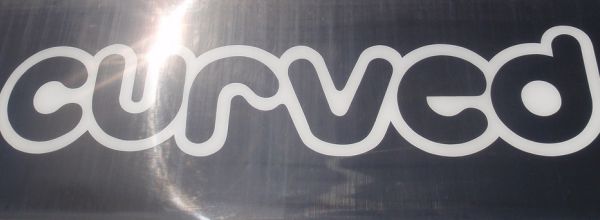I’m sure many of us are aware that the world of cancer research is exploding with the idea of cancer stem cells. This exciting hypothesis suggests that there is a small population of cells in the tumor that have stem cell-like properties. These stem-like cells are able to proliferate and differentiate into all the different cells that make up solid tumors, particularly high grade ones that tend to be more heterogeneous and generally nastier. There has already been a plethora of research into how to propagate these “stem-like” cells in vitro (with varying success!), but we are finally getting closer to mimicking the real life situation by using more realistic techniques such as 3D culture models
Invasion
Invasion of these cells is a particularly hot topic as they are thought to be able to re-seed a tumor, so if they escape from the primary tumor they may have a really important role in metastasis. However, many labs continue to use the traditional Boyden chamber (commonly referred to as the Transwell assay) as the main method of measuring the invasive capacity of these cells. This involves the movement of a single-cell suspension of cells through a microscopic mesh and some sort of matrix.
Advantages of this method include:
- It requires cells to change their morphology
- It involves breaking down a matrix in order to invade
- Its set-up is easily manipulated to make it more complex
However, the disadvantages must also be considered:
- The cells don’t have any established cell-cell interactions
- Chambers have to be bought from industry and can be quite costly
- It doesn’t really recapitulate in vivo circumstances
Add a third dimension
To improve on the Boyden chamber, researchers have come up with a method of determining the invasion of spheroid structures, which are in effect little balls of mini-tumors. Many cells, particularly cancer stem-like cells, can be grown as spheres under the right conditions. Some cell lines spontaneously form these spheroid structures when grown in commercially available low-attachment flasks. For trickier cell lines, there are multi-well plates that induce their formation (even with the aid of neat magnetic nanoparticles!). These spheres are, rather pleasingly, referred to as ‘neurospheres’ for brain cancers, ‘mammospheres’ for breast cancers, or even the impossible-to-say ‘prostatospheres’ for prostate cancer.
Measure it
To measure their invasion in three dimensions, these spheres can be individually embedded (read: plopped) into any semi-solid matrix medium (collagen, gelatin, Matrigel, etc.), along with any particular drug or condition required. Their invasion can then be measured via live microscopy over a long period of time – giving information not only on the invasive capacity of the cells but also the kinetics of invasion.
Another advantage of this 3D sphere invasion assay is that it also allows deeper analysis of the spheres after invasion assay completion with immunofluorescence or immunohistochemical analysis. Degradation of the gels can also allow processing of samples for flow analysis or Western blotting. Cells which lack invasive phenotype just remain happily as spheres, whereas many cancers will branch off into the surrounding matrix.
3D sphere invasion assays can even inform on the type of invasion occurring – with practice, you can tell by eye if something is moving in an amoeboid, mesenchymal or collective fashion, often giving more important information about the effects of treatments. Oftentimes, the contrast provided by the cells is enough to be able to quantify the area invaded using a color threshold on ImageJ or other image analysis software. However if this isn’t enough, many cancers are easily fluorescently tagged to make imaging even simpler (and prettier, for those of us who appreciate a good fluorescent image!).
In the past, this assay has mostly been used to measure angiogenesis. However, it is now used more and more to analyse invasive capacities of cancers under the influence of other cells (especially normal stromal or immune cells) also embedded in the matrix, or the effect of drugs on cancer cells’ invasive capacity. The availability of many different matrix substrates means that this method can be applied in many research fields. The fact that it is so compatible with molecular biological techniques and gives more insight into tumor behavior than ever available before shows that it’s definitely worth the extra effort to utilise this technique in your research!
Have you used spheroid structure invasion assay in your research? Tell us about it in the comments!






